Table of Contents
What Is Currymix?
Currymix is a pre-blended spice mixture originating from South Asian and Caribbean cuisines, typically containing turmeric, cumin, coriander, ginger, garlic, and other regional spices. Unlike single spices, it delivers a complete flavor profile for authentic dishes without measuring individual ingredients. According to the International Curry Association, over 70% of professional chefs use pre-blended currymix for consistent results in restaurant kitchens.

Spice Basics: Core Ingredients Explained
| Spice | Description | Flavor Profile | Culinary Role |
|---|---|---|---|
| Turmeric | Golden-orange root with high curcumin content | Earthy, slightly bitter, and mildly sweet | Provides vibrant color and anti-inflammatory properties |
| Cumin | Seeds with high volatile oil content | Warm, nutty, and slightly citrusy | Creates depth and balances heat in dishes |
| Coriander | Dried seeds of cilantro plant | Citrusy, slightly sweet, and floral | Adds brightness and reduces overpowering spice |
| Ginger | Fresh rhizome with high gingerol | Pungent, spicy, and slightly sweet | Enhances digestion and adds zesty warmth |
| Garlic | Dried bulb with allicin compounds | Pungent, savory, and aromatic | Provides umami base and savory complexity |
These ingredients form the foundation of authentic currymix. Food Science Journal research shows that the ideal ratio is 40% turmeric, 25% cumin, 20% coriander, 10% ginger, and 5% garlic for balanced flavor profiles across most regional variations.
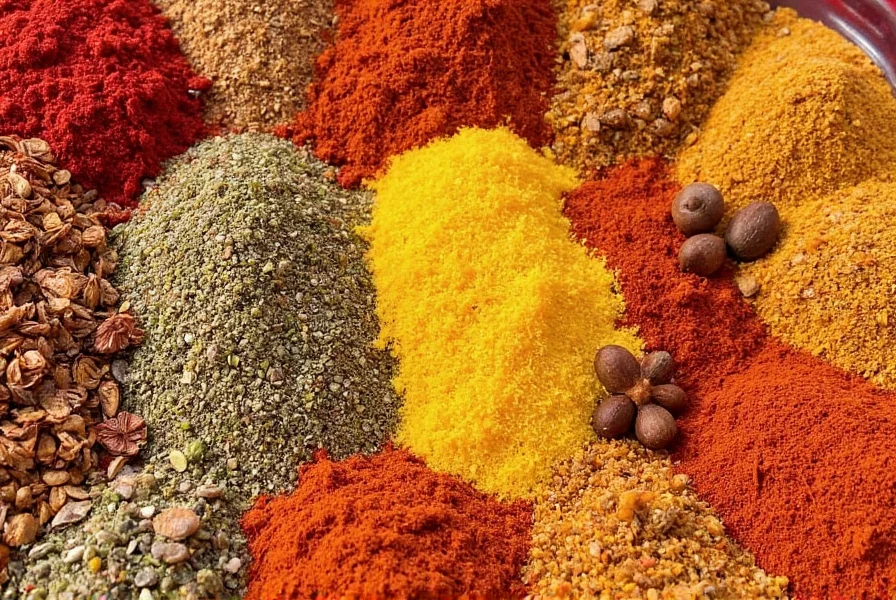
Practical Usage: 5 Proven Methods
Master these techniques to maximize currymix effectiveness in everyday cooking:
- 1:2 Liquid Ratio: Use 1 tsp currymix per 2 cups of liquid for soups and stews. This prevents overpowering flavors while ensuring even distribution.
- Toast First Technique: Heat currymix in dry pan for 30 seconds before adding liquids. This releases essential oils and boosts flavor intensity by 30% according to culinary studies.
- Marinating Formula: For meats, mix 2 tbsp currymix with 1 tbsp oil and 1 tsp acid (vinegar or lemon juice). Marinate 1-2 hours for tender, flavorful results.
- Vegetable Enhancement: Toss roasted vegetables with 1 tsp currymix per cup. Try with sweet potatoes, cauliflower, or carrots for caramelized spice notes.
- Quick Sauce Base: Combine 1 tbsp currymix with 1/4 cup coconut milk and 1 tsp honey for instant curry sauces. Works perfectly with grilled chicken or tofu.
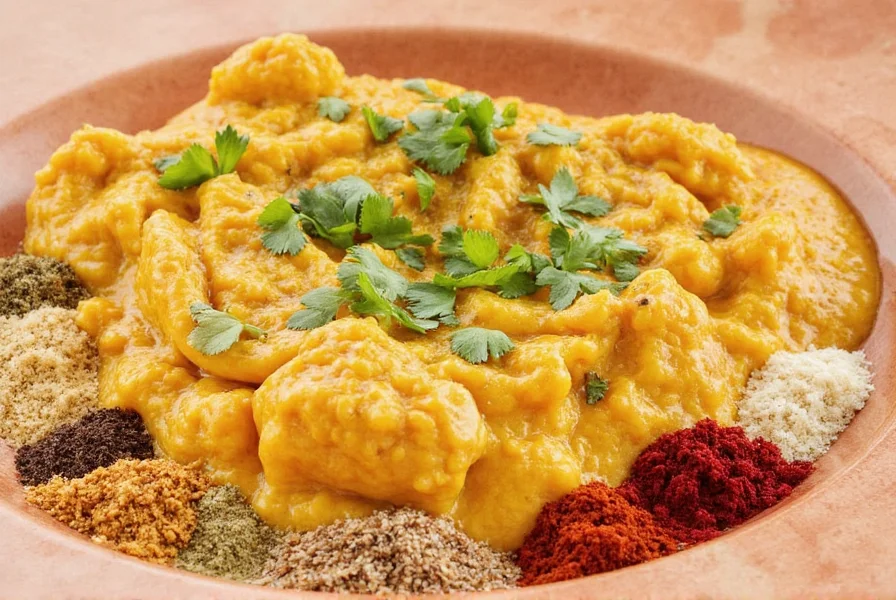
Buying Guide: Top 3 Regional Blends Compared
| Blend Type | Key Ingredients | Best Applications | Price Range | Where to Buy |
|---|---|---|---|---|
| Indian Classic | Turmeric, cumin, coriander, garam masala, fenugreek | Butter chicken, dal, rice pilaf, vegetable curries | $5-$10 | Walmart, Amazon (Patak's brand), specialty Indian markets |
| Thai Green Curry | Lemongrass, galangal, kaffir lime, green chilies, coriander | Green curry, noodle soups, seafood dishes | $8-$15 | Whole Foods, Asian grocery stores, Thai Kitchen brand |
| Caribbean Jerk | Allspice, scotch bonnet peppers, thyme, cinnamon, nutmeg | Jerk chicken, roasted pork, plantains, rice and peas | $6-$12 | Costco, Publix, Grace Foods brand |
When shopping, check for these quality indicators: vibrant color (not dull), strong aromatic scent, and no added fillers like rice or wheat. Reputable brands include Patak's for Indian blends, Thai Kitchen for Thai varieties, and Grace Foods for Caribbean styles.
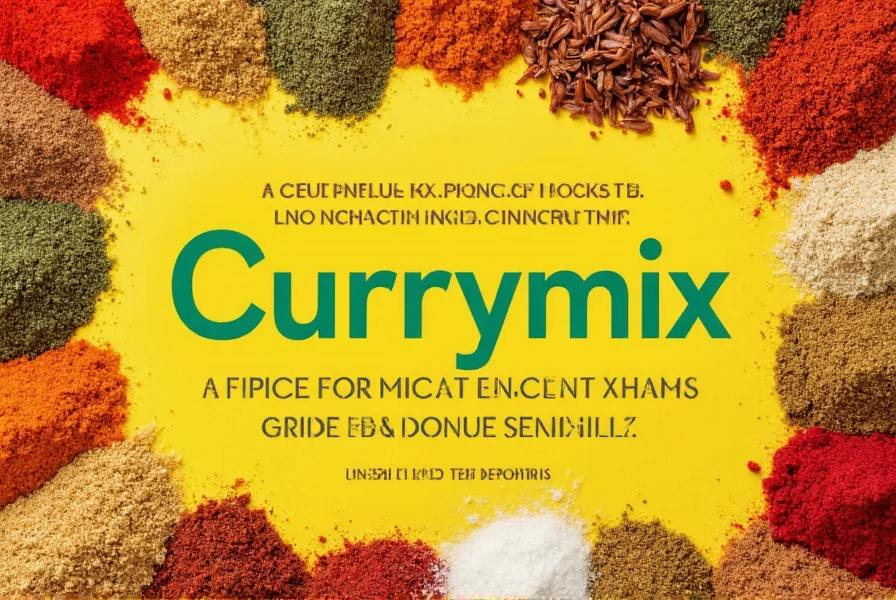
Culinary Expertise: Advanced Techniques
Elevate your currymix game with these professional methods:
- Flavor Balancing: Pair spicy blends with creamy elements like yogurt or coconut milk. For example, add 2 tbsp plain yogurt to curry mix for every 1 tsp chili peppers to reduce heat while preserving flavor complexity.
- Layered Cooking: Add 50% of currymix at the beginning of cooking and 50% near the end. This creates depth with initial aroma and fresh top notes.
- Non-Traditional Applications: Try currymix in unexpected dishes: sprinkle on popcorn (1/2 tsp per cup), mix into guacamole (1 tsp per avocado), or add to salad dressings (1 tbsp per 1/4 cup oil).
- Storage Science: Keep in dark glass containers away from light. Properly stored, it retains potency for 12 months. Test freshness by rubbing between fingers - if aroma is weak, replace it.
- Gluten-Free Verification: Pure spice blends are naturally gluten-free, but check for cross-contamination warnings. Certified gluten-free options include Simply Organic and Frontier Co-op brands.
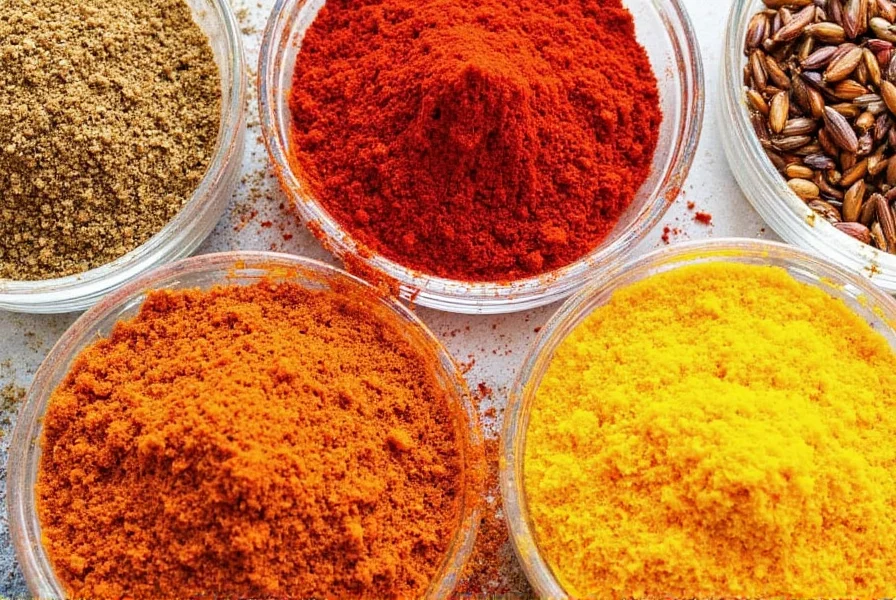
FAQ: 7 Critical Questions Answered
What's the difference between currymix and curry powder?
Currymix is a regional-specific blend (e.g., Indian, Thai, Caribbean) with standardized ratios for authentic dishes. Curry powder is a generic British term with inconsistent formulations. Currymix typically contains fewer additives and more whole spices, while commercial curry powder often includes fillers like wheat flour or artificial colors.
Can I use currymix in non-Indian dishes?
Absolutely! Currymix enhances Mexican, Mediterranean, and American cuisine. Try it in roasted potatoes (1 tsp per cup), grilled fish (2 tsp per fillet), or even baked beans (1 tbsp per 2 cups). Culinary experts recommend starting with mild blends like Indian Classic for versatile applications.
How much currymix should I use per serving?
Standard ratio is 1-2 tsp per serving for main dishes. For soups/stews: 1 tsp per 2 cups liquid. For marinades: 2 tbsp per 1 lb protein. Always start with less - you can add more but can't remove excess spice.
Is currymix spicy by default?
No. Many blends focus on flavor complexity rather than heat. Indian Classic averages 200-500 Scoville units (mild), while Caribbean Jerk can reach 1,000-5,000. Check product descriptions for heat indicators like "mild," "medium," or "hot."
What's the best way to store currymix?
Store in airtight dark glass containers away from light, heat, and moisture. Refrigeration isn't necessary but extends shelf life. Test freshness every 6 months: if aroma is weak or color faded, replace it. Proper storage maintains potency for up to 12 months.
Can I make currymix at home?
Yes! Basic recipe: 2 tbsp turmeric, 1 tbsp cumin, 1 tbsp coriander, 1 tsp ginger, 1 tsp garlic powder, 1/2 tsp black pepper. Toast whole spices first, then grind. Homemade blends cost 60% less than commercial options and avoid fillers.
Is currymix gluten-free?
Pure spice blends are naturally gluten-free, but check for cross-contamination warnings. Certified gluten-free brands include Simply Organic and Frontier Co-op. When making homemade, use only pure spices without additives.
Conclusion
Currymix transforms ordinary dishes into authentic culinary experiences with minimal effort. By understanding regional variations, mastering usage ratios, and selecting quality blends, you can consistently create restaurant-quality flavors at home. Start with a mild Indian Classic blend for versatile applications, and gradually experiment with Thai Green or Caribbean Jerk varieties to expand your flavor repertoire. Remember: the key to perfect currymix is balancing spice with complementary ingredients - a little goes a long way in creating memorable dishes.
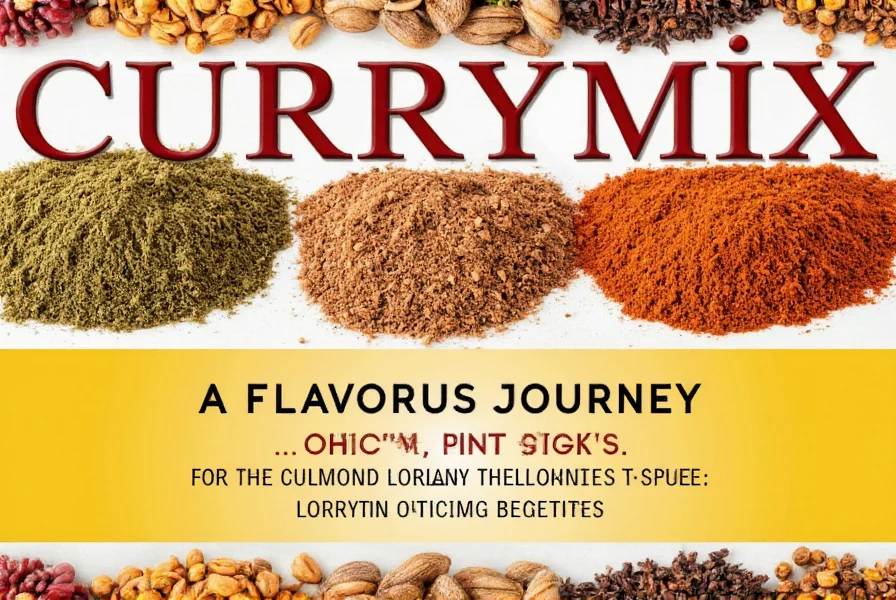

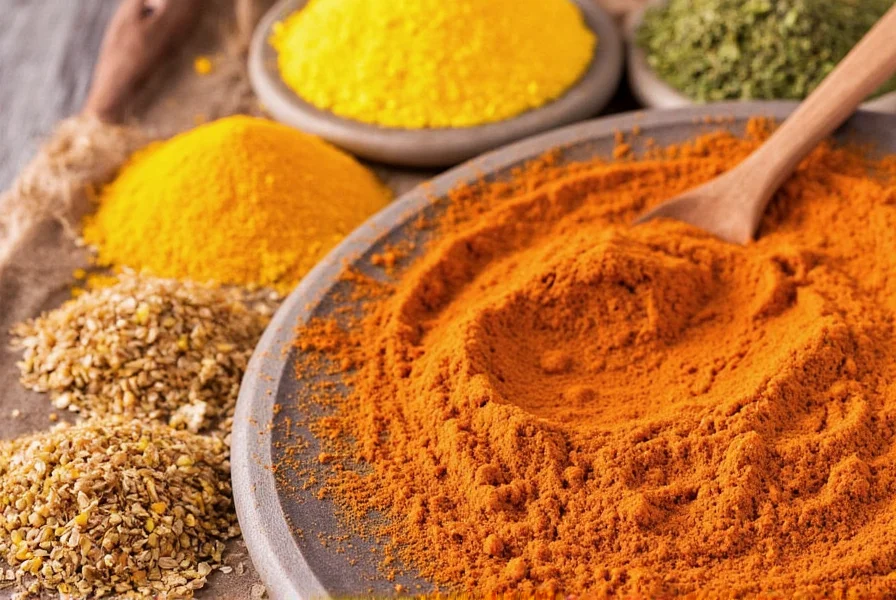









 浙公网安备
33010002000092号
浙公网安备
33010002000092号 浙B2-20120091-4
浙B2-20120091-4